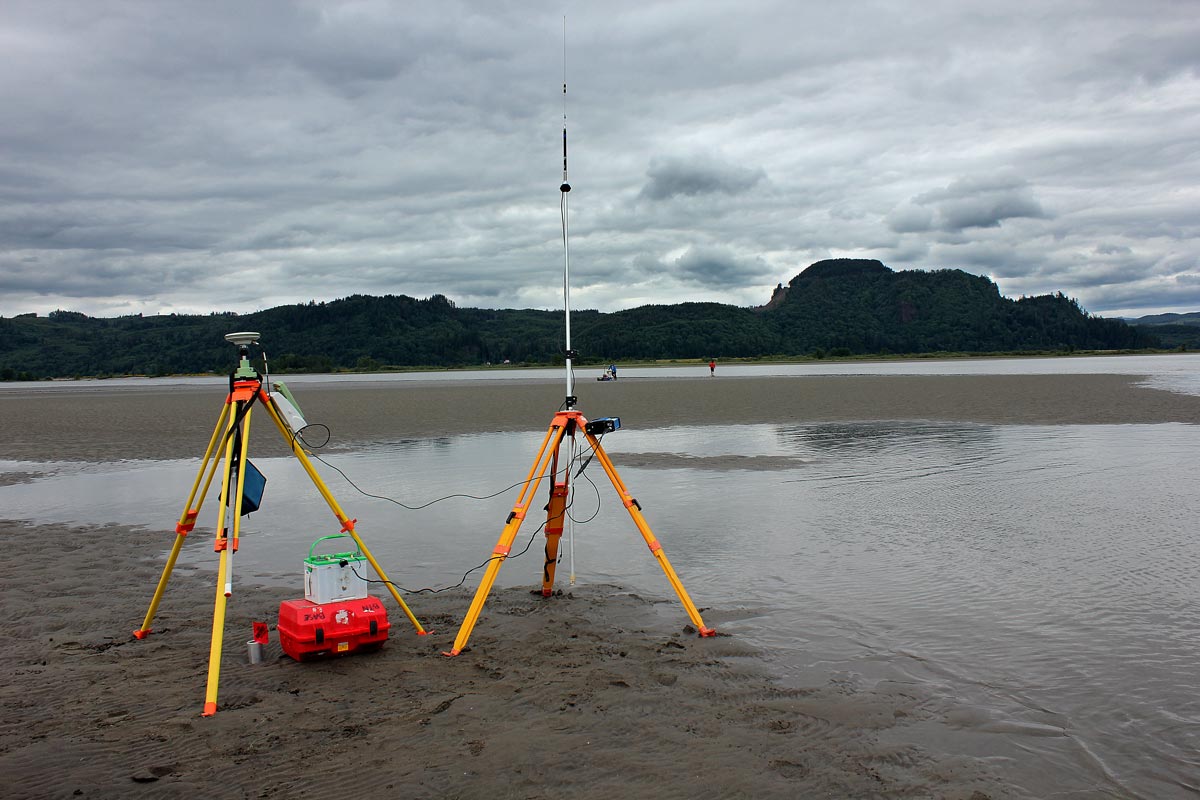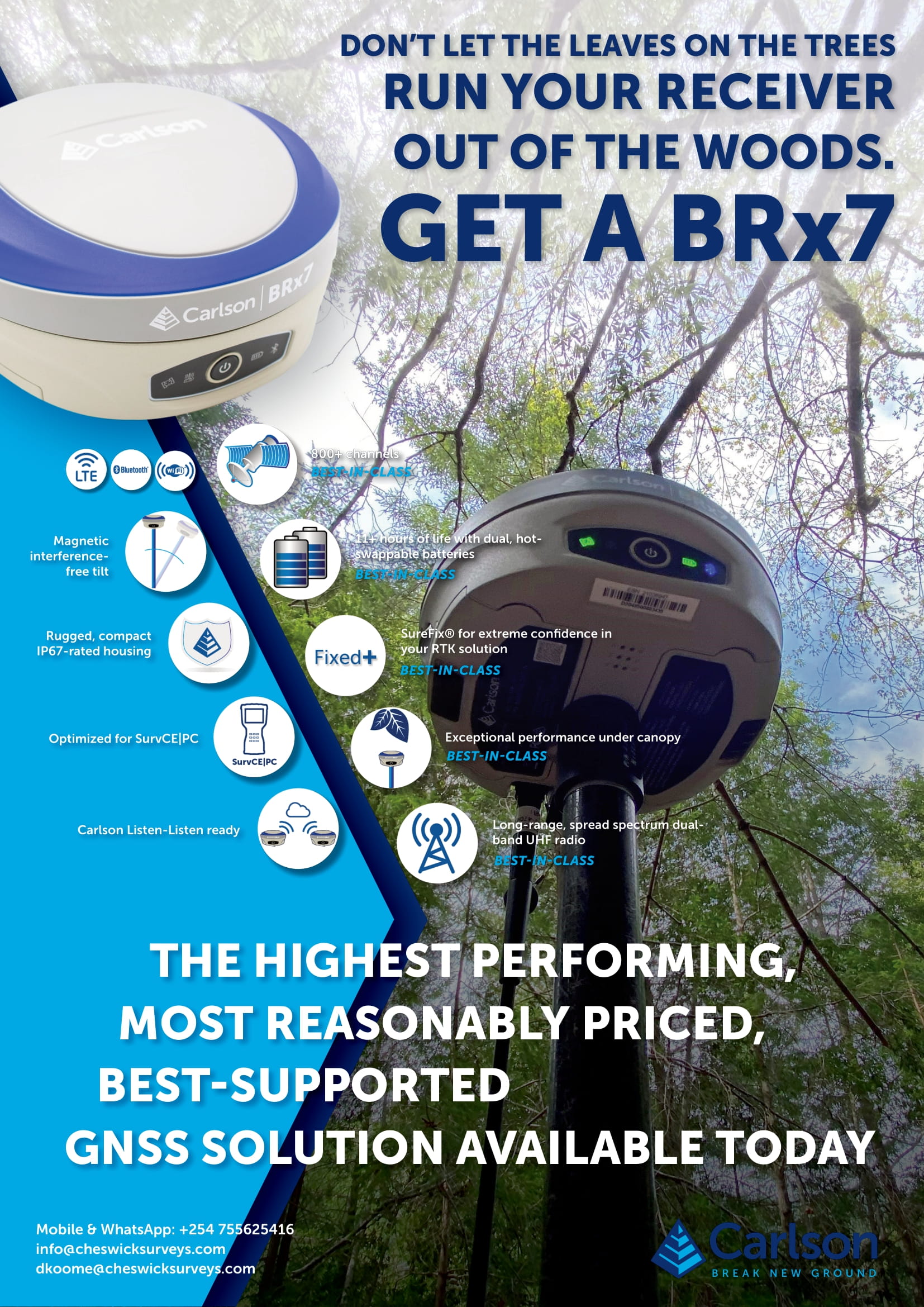In a good number of countries, surveyors still use the traditional base and rover set-up to pick data in the field. The Virtual Reference Stations (VRS) that offer land based correction services are not fully constituted in those countries making the traditional setup the only viable alternative.
I come from the school of thought that everything a surveyor does is scientific even though half the time we are not aware of it. Even though locating a good area to place your base station may be second nature to some, you may be surprised the kind of blunders we make while all the time blaming the GPS receiver for it. Machines tend to follow one rule of thumb, “Garbage in garbage out”.
So next time you’re going to the field with your base and rover set-up, apart from being aware that you’re engaging in a scientific activity consider the following factors for excellent performance;
1. Locate the base GPS receiver in a location on the jobsite where equal range in all directions provides full coverage of the site. This is more important on larger jobsites, where the broadcast range of the base station radio may limit the operations of the GPS system.
2. Place the base GPS antenna in a location that has a clear line of sight to the sky in all directions. Do not place the GPS antenna near vertical obstructions such as buildings, deep cuttings, site vehicles, towers, or tree canopy. This will ensure that the receiver will not have to deal with messy multi-path signals.
3. Place the GPS and radio antennas as high as practical. This minimizes multipath from the surrounding area, and enables the radio to broadcast to the maximum distance. Also, the higher the gain on the antenna, the longer the range.
4. Do not locate a GPS receiver, GPS antenna, or radio antenna within 400 meters of: a powerful radar, television, or cellular communications tower. Cell phone towers can interfere with the base station radio broadcast and can stop corrections from reaching the rover receiver. High-power signals from a nearby radio or radar transmitter can overwhelm the receiver circuits. This does not harm the receiver, but can prevent the receiver electronics from functioning correctly. Low-power transmitters, such as those in cell phones and two-way radios, do not interfere with receiver operations.
5. Do not set up the base station directly beneath or close to overhead power lines or electrical generation facilities. The electromagnetic fields associated with these utilities can interfere with GPS receiver operation. (Source: Trimble)
6. Ensure one member of staff is assigned the duty of staying at the base station for the entire day. It is a boring and mentally exhausting duty but so many things can go wrong if a base station is left unguarded. It can be fell by the wind, cows can use the setup to relieve an itch in those hard to reach places (ha ha ha), or worse still it can be stolen. Also in case you don’t get a ‘fix’ in your roving receiver you can easily narrow down the reasons why by calling to ensure there is no anomaly at the base station.
7. Ensure the power source powering the radio antenna is fully charged. A drained battery will transmit radio signals within a limited range.
Have a great RTK day!
Are there other factors that I might have left out? Share in the comments section below.
Thanks for reading! If you enjoyed this post, please hit “like” or share it with a friend.




